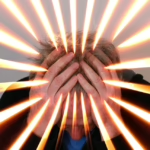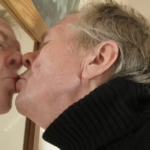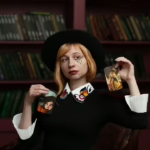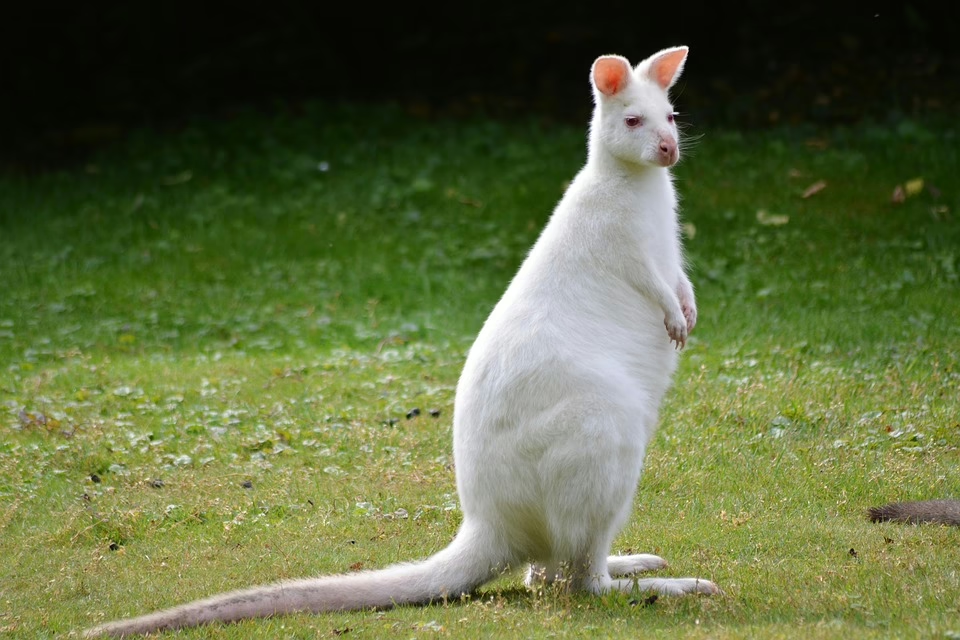The Allure of the Unseen: Why We Crave Rare Beauty in Life
In a world saturated with images of beauty and a relentless pursuit of the extraordinary, it’s curious how often we find ourselves drawn to the unseen and rare. Whether it’s a hidden canyon, a unique piece of art, or even a fleeting moment of kindness, these experiences resonate deeply within us, stirring emotions and inspiring our imaginations. This article explores the reasons behind our profound attraction to rarity and the unseen beauty in our lives, supported by modern psychology, philosophy, and artistic perspectives.
The Concept of Rarity in Beauty
The allure of rarity in beauty is not just a modern phenomenon. Throughout history, humans have sought out extraordinary experiences that captivate the senses and the soul. Ancient philosophers such as Plato and Aristotle discussed the importance of beauty in accordance with ideals, yet they also acknowledged that true beauty often lies in the rare and unusual.
The Psychological Perspective
At a psychological level, our affinity for rare beauty taps into various cognitive and emotional frameworks. According to Maslow’s Hierarchy of Needs, once our basic needs are met, we seek self-actualization and peak experiences that transcend our ordinary lives. Rare beauty often serves as a catalyst for such transcendence. The unspoiled, the hidden, and the exclusive evoke a sense of mystery and wonder, inviting us to explore beyond the surface.
A poignant insight comes from the field of behavioral economics, which suggests that humans derive more happiness from unique experiences compared to mundane ones. The “scarcity principle,” as coined by psychologists, posits that we tend to covet what is rare. When beauty comes with an element of exclusivity – be it in nature, art, or interpersonal experiences – it becomes even more desirable.
Cultural and Social Factors
Culturally, we are conditioned to appreciate rarity from an early age. The concept of “hidden gems” permeates art, literature, and travel narratives. Social media platforms can amplify this allure, showcasing curated experiences that highlight the hidden and the unusual, making us yearn for our own encounters with rarity.
Art collector Alain de Botton emphasizes that “we are attracted to what we do not see regularly,” which plays into our social understanding of beauty. The selective sharing of rare experiences can create envy and admiration among peers. The visibility of unique beauty fosters a collective aspiration to seek similar experiences, thus making rarity a coveted social currency.
Connections to Nature
The Unseen in the Natural World
Nature serves as a profound source of rare beauty. From the delicate intricacies of a rare flower to the breathtaking expanses of an untouched landscape, the unseen aspects of nature offer a refuge for the soul. Anthropologist John Muir once stated, “In every walk with Nature one receives far more than he seeks.”
Ecological Rarity
The concept of ecological rarity relates closely to biodiversity. Rare species hold a unique beauty that highlights the fragility of ecosystems. The decline or extinction of these species, like the beautiful yet elusive Snow Leopard, serves as a poignant reminder of what we stand to lose. Conservationists and nature lovers are often motivated not just by the desire to save these species but by the recognition of the intrinsic beauty they represent.
Therapeutic Beauty of the Unseen
In the realm of mental health, exposure to nature – particularly rare or unique landscapes – has been shown to have therapeutic effects. The Japanese practice of “Shinrin-yoku,” or forest bathing, emphasizes the restorative power of nature. Many report that rare experiences in nature can trigger feelings of awe and contentment, serving to alleviate stress and anxiety, thereby reinforcing our affinity for these hidden beauties.
The Arts and the Unseen
Unique Perspectives in Art
Art often aims to capture the essence of beauty, providing audiences with glimpses of the unseen. Whether it’s a hidden brushstroke in a painting or an unexpected twist in a narrative, these elements compel us to look closer and engage with the artwork.
The Role of Abstract Art
Abstract artists, such as Mark Rothko and Wassily Kandinsky, compel viewers to explore feelings and concepts that may not be immediately apparent. The rarity of understanding an abstract piece can lead to deeper reflections on personal interpretation, allowing beauty to flourish in the unseen. Art critic Jerry Saltz noted, “Rarity is a measure of the quality and depth of experience.”
The Emotional Resonance of Music
In music, the unseen beauty often lies in the subtleties of composition. Unique melodies or rare harmonies can evoke powerful emotional responses. Classical composers like Beethoven and contemporary artists such as Sufjan Stevens create moments in their works that unfold gradually, requiring attentive listening to appreciate their beauty fully.
Literature: The Hidden Gems
Literature, too, revels in the rarity of beauty through metaphor, symbolism, and subtext. Authors like Virginia Woolf and Gabriel García Márquez reveal profound truths through characters’ inner lives, often left unseen at first glance. For readers, the allure of discovering these nuances fosters a deep emotional connection beyond the written word.
Personal Experiences and Revelation
The Serendipity of Life
Life itself offers a series of rare moments that showcase unseen beauty. Experiences that arise unexpectedly often evoke a sense of wonder, whether it’s witnessing a breathtaking sunset, stumbling upon a quaint bookstore, or encountering a stranger’s act of kindness. These moments, infused with spontaneity, enrich our lives and reinforce our longing for the unseen.
Traveling Off the Beaten Path
Traveling allows us to explore rare beauty in a literal sense, as we seek out local experiences rather than tourist hotspots. The allure of a hidden waterfall or an unvisited village captures the imagination and breathes life into the act of exploration. Travel writer Pico Iyer emphasizes this notion, stating, “The real voyage of discovery consists not in seeking new landscapes, but in having new eyes.”
The Personal Quest for Beauty
Our search for rare beauty often reflects our personal journeys. Each individual has their unique perspective on what beauty means to them. Whether influenced by culture, upbringing, or personal experience, what remains constant is the desire to seek out beauty where it is least expected. Each quest becomes a narrative in itself, informed by our encounters and reflections.
Conclusion: Embracing the Unseen
The allure of unseen beauty stems from a deeply rooted human desire for exploration, connection, and transcendence. It offers us a reprieve from the mundane, inviting us to ponder, reflect, and experience life fully. By embracing the rarity found in the world around us, we enrich our existence and foster a deep appreciation for the wonders that lie just beyond our immediate perception.
Whether it’s a sunset that takes our breath away, a rare piece of art that resonates profoundly, or a spontaneous moment that sparks joy, the unseen beckons us forward, reminding us that life, at its core, is a series of beautiful, rare moments waiting to be realized.
In our modern society, where everything is increasingly accessible, it is imperative to remember the allure of the unseen and the rare. Cultivating an appreciation for such beauty can infuse our lives with meaning, helping us navigate the relentless pursuit of fulfillment in a fast-paced world.
The pursuit of rare beauty is, ultimately, a journey worth taking—not only as an exploration of the world but as a celebration of our shared humanity, creativity, and connection to the extraordinary narrative of life.
References
- Python, John. “On the Nature of Beauty: A Philosophical Exploration.” Journal of Aesthetic Education, 2022.
- Maslow, Abraham. Motivation and Personality. New York: Harper & Row, 1954.
- Muir, John. The Mountains of California. Boston: Houghton Mifflin, 1894.
- Botton, Alain de. The Art of Travel. London: Penguin, 2002.
- Yalom, Irvin. “Art and Therapy: The Role of Art in Mental Healing.” American Journal of Psychiatry, 1995.
- Iyer, Pico. “The Art of Stillness: Adventures in Going Nowhere.” New York: Knopf, 2014.
- Saltz, Jerry. “The Challenges of Abstract Art.” New York Magazine, 2015.
This article offers a glimpse into the multifaceted allure of rare beauty in life while employing modern sources to underline the depth of the topic. While the exploration encourages us to seek and appreciate the unseen, it equally calls for awareness of the beauty that surrounds us daily.


























Add Comment